This piece was originally featured in the Australian Financial Review on July 02, 2017.
Twenty years ago, on July 2, 1997, the Thai baht broke its peg with the U.S. dollar, signalling the start of the Asian financial crisis. This soon developed into full-blown crises in Thailand, Indonesia, and eventually the much larger Korean economy, as domestic financial institutions failed and foreign exchange sources dried up. Growth plunged from positive 7 percent in the years leading up to the crisis to negative 7 percent, with Indonesian gross domestic product declining 13 percent.
This had profound economic and political implications for the region, and indeed, the global economy. It has had equally profound effects on Australia’s economic and geopolitical circumstances.
So what have we learned two decades on? And what challenges remain?
The countries involved in the crisis have responded by improving their economic frameworks. Financial oversight, macroeconomic frameworks, and domestic competitiveness have been greatly strengthened. As a result the region has experienced solid growth in the intervening period and proved resilient in the global financial. The region has also developed stronger collective institutions. The crisis gave impetus to efforts to become less reliant on the International Monetary Fund—due to profound mistakes made in its response to the crisis. The ASEAN+3 grouping, including China, Japan, and Korea has developed its own $240 billion currency swap arrangement that has capacity to assist its members facing international liquidity issues.
Japan and China have separately offered bilateral currency swaps that could be used in a crisis situation. These arrangements have yet to be put to the test, but it would be a mistake to underestimate the extent of regional resolve to better manage future crises.
At the same time the IMF has itself learnt many lessons from the crisis. Financial crises are different from conventional macroeconomic crises brought about by lax macroeconomic policy. They require failing institutions to be rapidly cleaned up or capitalised, supported by macroeconomic policies to assist in coping with the demand hit. This lesson was of course reinforced by the global financial crisis a decade later. The IMF has also understood the need to ensure its programs focus on issues that are critical to recovery, rather than detailed lists of conditions.
Twenty years on new challenges remain in the region.
Current challenges
Growth in the region continues to be strong and there is every reason to think this will continue in the near term. However, there are also common risks to regional growth over the short and medium term. High and growing corporate debt and credit in China pose threats to regional growth if these are not successfully managed. Japan’s macroeconomic policy is fully extended, leaving little capacity to respond to new shocks, while geopolitical risks including on the Korean peninsula could have economic reverberations.
A strengthening U.S. economy is obviously positive for the region. However, as monetary policy normalises, financial conditions could tighten as markets over-react, or in response to badly timed fiscal stimulus or protectionist policies. In the background, rising volumes and volatility in capital flows are seen as a key risk to the region.
The most important response is to ensure solid financial and foreign exchange buffers in regional economies, and macroeconomic policy space. Australia and other countries in region need to make good use of economic and policy dialogues in international and regional institutions to manage common economic risks.
The common risks facing the region means that we need good global risk-sharing arrangements. The IMF needs to continue to improve its reputation as a trusted partner, so it is an early rather than last resort. The location of next year’s IMF/World Bank annual meetings in Bali, the first in emerging Asia since the crisis, is an opportunity.
Keeping a strong IMF balance sheet
And Australia and others in the region should work to ensure the IMF balance sheet remains strong. About half of IMF lending firepower comes from borrowings, which expire around 2020, and proposals to lift the permanent quota (or equity) of the fund will face political challenges. This region has as much interest as any in ensuring that this important global public good remains adequately resourced.
Regional swap mechanisms need to be further strengthened so that they can be sure to work smoothly in a crisis, including with the IMF.
Australia committed bilateral resources in the Asian crisis and after the global financial crisis. There is an opportunity for us to take the initiative and engage with others in the region about how we might cooperate in future crisis responses.
This requires a keen awareness that even though there are few signs of smoke right now, we need well-stocked and effective fire engines.

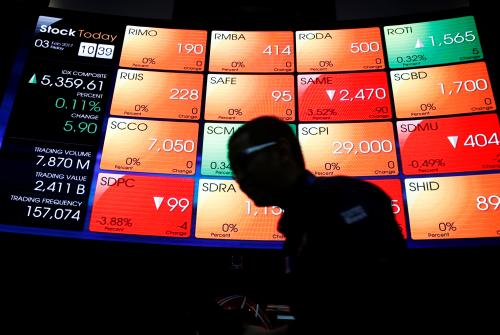
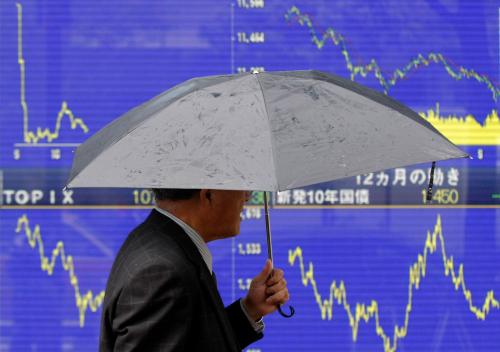
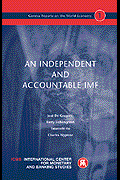
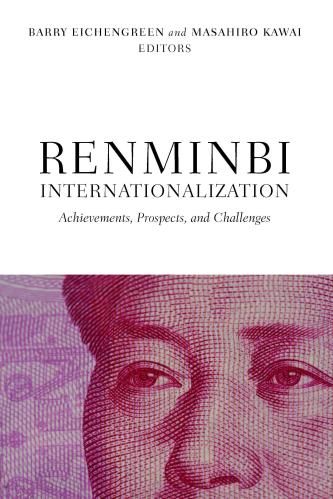
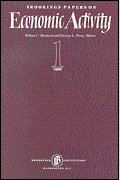



Commentary
Op-edThe Asian financial crisis 20 years on: Lessons learnt and remaining challenges
July 02, 2017